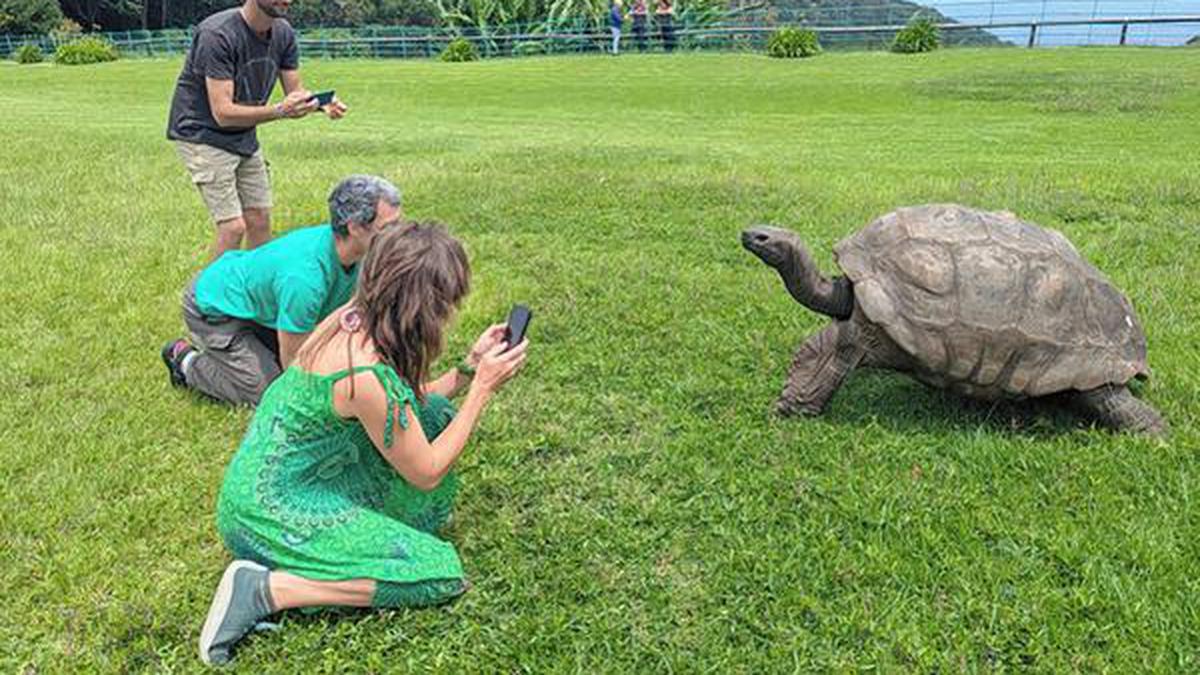
Newly improved connectivity provides tourists a taste of Napoleon’s exile
The Hindu
Discover the remote beauty of St. Helena, with rich history, unique wildlife, and breathtaking landscapes awaiting adventurous travelers.
St. Helena, a small, craggy island in the South Atlantic Ocean, hasn’t seen many tourists in the past for good reason: It’s one of the most remote inhabited places in the world.
Until 2017, it took five nights by boat to reach the British overseas territory, which is nearly halfway between southern Africa and Brazil. Today, with weekly commercial flights and the recent arrival of high-speed Internet, the government is hoping to breathe new life into a fledgling tourism industry that welcomed about 2,100 leisure travelers in 2023.
The island has just a little more than 4,000 residents, or Saints as they call themselves, and is likely to attract a certain kind of visitor.
“It’s people with a real desire to travel and learn rather than, ‘let’s go somewhere to have a bit of sunshine and some nice food,’” says Emma Phillips, whose husband, Nigel, is St. Helena’s Governor.
After all, weather can be unpredictable and supplies occasionally run low when you’re 1,200 miles from the nearest continent.
“You’ve got to be prepared to embrace all of that,” Ms. Phillips says, while extolling the island’s welcoming locals, rich history and natural wonders. “Come with an open mind.”
Perhaps best known as the site of Napoleon Bonaparte’s exile from 1815 until his death in 1821, St. Helena features multiple heritage sites honouring the deposed French emperor. Visitors can tour his homes and his original burial grounds. His remains were returned to France in 1840.

After a long, tiring day all we want is to jump right on our cosy beds and rest comfortably on our soft, fluffy pillows, right? Pillows are not quite appreciated as much as electric cars or air-fryers, for instance. Pillows are a wonderful man-made creation that has improved the lives and sleep of people across the globe. Did you know ages ago people used to rest their heads on a HARD ROCK? So how did humans go from sleeping on stones to cosy, fluffy and soft pillows today? Let’s get into the origin of your everyday pillows!

As the November 30 deadline nears for installing vehicle location tracking devices (VLTD) and emergency panic buttons in public service and nationally permitted goods vehicles in Karnataka, transport unions representing cab, bus, and truck operators are urging the government to reconsider the mandate. They argue that the high cost of these devices and a lack of awareness have made it difficult for many vehicle owners to comply with the requirement.









